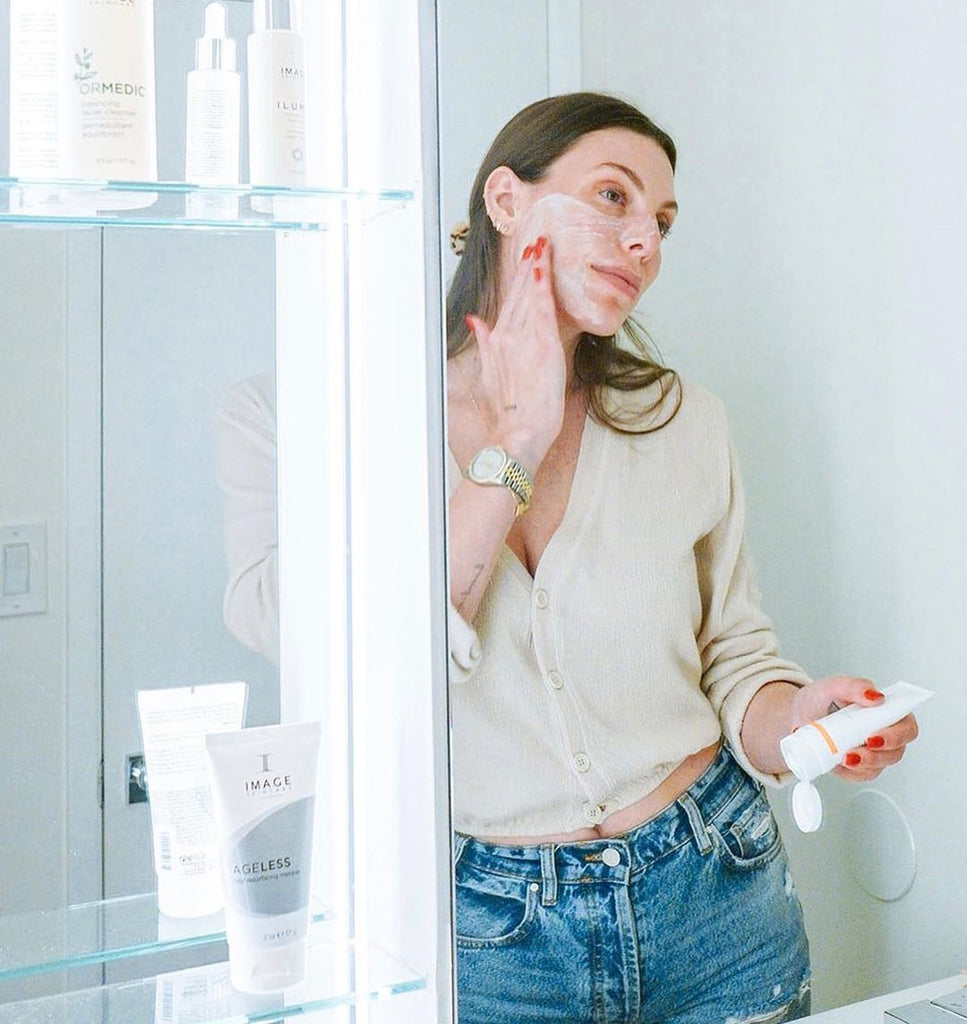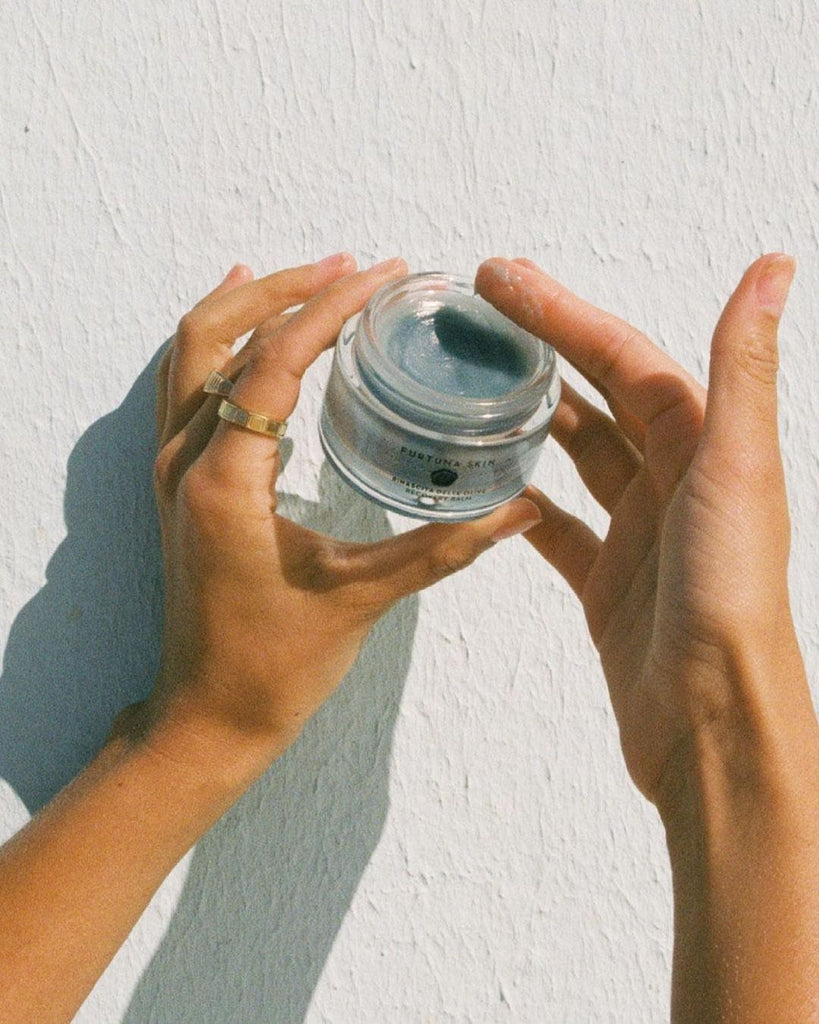NEW BEAUTY: 6 High-Tech Skin Devices That Deliver Results at Home
1 / 6
Radio Frequency
What it is: “At-home radio-frequency (RF) devices use low-energy radiation, which heats the dermis, the deepest layer of the skin, to stimulate the production of collagen, which can improve wrinkles,” explains New York dermatologist Marina Peredo, MD. “In-office radio frequency is more powerful, and therefore produces more significant results, but at-home devices are much more affordable. Either way, I like to think of them as an add-on to a professional treatment.”
One to try: Two power-packed technologies in a lightweight device, TriPollar STOP Vx ($629) delivers both radio frequency and electric vibration (ELV) to heat the dermis and stimulate collagen synthesis—it’s one of the best-selling tools in Asia and is finally available here. Use it two to three times a week to treat fine-to-moderate wrinkles in eight to 12 weeks.
Ultrasound
What it is: These tools typically feature “low-energy unfocused ultrasound that gently heats the skin tissue, which may boost the permeability of topical products,” says Delray Beach, FL dermatologist Dr. Janet Allenby. In-office Ultherapy typically comes to mind when thinking of ultrasound treatments, but Dr. Allenby says that is different because it “utilizes high-energy focused ultrasound wavelengths that can create a lot more heat with every pulse and can improve skin tightening. DIY versions may be helpful on a smaller scale if used consistently and may encourage a better skin-care routine.”
One to try: The OLURA Eno Device ($185) features a patented dual-head design that allows for facial-like results at home. On oneend, a gentle ultrasonic exfoliating spatula helps clear clogged pores and remove dull, dead skin; on the other, an ultrasonic massage tool pulses 350,000 times per second to spike blood flow, pep up lax areas and infuse topicals into skin.
Mid-Frequency Interval Pulse (MFIP)
What it is: For those with lax skin, particularly along the jawline and midface—deflated cheeks are a common sign of aging due to volume loss—MFIP is intermittent electrical pulses that stimulate muscle to help tone and lift skin. Dr. Peredo says, “Some of these devices are very intense and should not be used more than once a week.”
One to try: Dr Arrivo Zeus II ($1,555) administers a combination of the brand’s patented Ultra Pulse and MFIP technologies through nine supercharged electrodes and a freely moving head that easily treats every part of the face. Collagen and elastin production and blood circulation are kickstarted—hello instant glow—an skin looks younger and healthier with continued use.
Microcurrent
What it is: “Microcurrent energy stimulates the muscles in the face using a small electrical current for a tightening and contouring effect,” Dr. Peredo says. “Cellular activity is also increased, which can diminish the appearance of wrinkles.” On clean, bare skin, apply the gel that comes with the device—it’s usually conductive, meaning it contains ions that allow the microcurrent to flow through them— and then glide the device over your face using light-to-medium pressure (YouTube tutorials can help). Dr. Peredo recommends doing a treatment at least two times a week, “as results tend to fade quickly if you stop.”
One to try: Apply a pea-size amount of the included Lifting Gel to each probe on the Trophy Skin RejuvatoneMD Microcurrent Facial Toning System ($199) and then choose between two modes: Lifting or Toning. After one five-minute treatment per day, skin looks noticeably firmer, and results get even better if you stick to a routine.
Microneedling
What it is: Think of microneedling like aerating a lawn: Just like the soil gets perforated to allow nutrients to enter the grass, tiny needles create microinjuries in the skin, which boosts collagen and lets skin-care ingredients penetrate further. “The body’s wound-healing response can be very effective in aiding this collagen uptick, leading to improvement in fine lines, large pores, acne scars and other texture issues,” says celebrity aesthetician Candace Marino. Though at-home microneedling rollers are not the same as what’s used in-office and offer some safety risks if not used correctly (many skin-care pros aren’t fans of DIY microneedling for this reason), they can render benefits.
One to try: Developed by an aesthetician, StackedSkincare MicroNeedling Skin Refining Tool ($95) offers a safe and effective way to roll your way to better skin at home. Not only does it prepare the skin for better absorption of active ingredients, but it also increases cell turnover to give the skin a more youthful appearance over time.
LED
What it is: Light therapy has been used for years in dermatology, says Dr. Allenby. “Certain wavelengths of light, such as blue and red, can trigger certain biological effects in the skin that are specific to those wavelengths.” According to Marino, red light stimulates the collagen production for plumper, more youthful skin, and blue light combats acne by killing bacteria, reducing inflammation and slowing down oil production. And, when blue and red light are used in tandem, it can be even better for acne because red LED is extra healing.” Pro top: Consistency is key. “I think the biggest limitation is that people buy these with good intentions of using them, but they get bored after a couple weeks and give up,” Dr. Allenby says. “But, those who are diligent may very well get good results.”
One to try: For stubborn breakouts, FDA-cleared and easy-to-use Omnilux CLEAR ($395) is the only at-home LED mask that’s proven to significantly reduce or get rid of acne. A blend of red and blue light transmits blemish-busting action in just four 10-minute sessions per week.
This article was originally posted on newbeauty.com.



